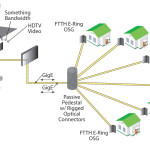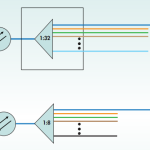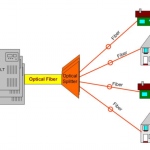FTTH currently developed very fast in South America and Africa, however, many new comers are curioused about how many splitters should i have in FTTH network.
PON is the basic structure for FTTH network, PON is short for Passive Optical Network. It consists of OLT, ODN (Splitter) and ONT. From the structure, splitter placement in ODN is very crucial. there are generally two types of splitter placement in ODN network, centralized splitting and cascading splitting. The centralized splitter uses single-stage splitter located in a central office in a star topology. The cascading splitter approach uses multi-layer splitters in a point to multi point topology.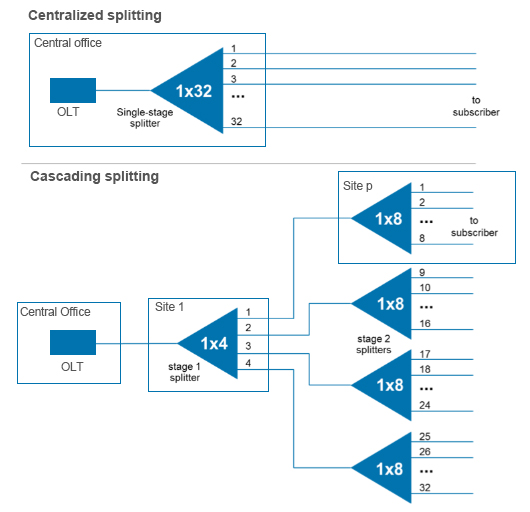
The centrlized splitting structure generally uses a 1×32 splitters in the central office. . The central office CO may be located anywhere in the network. The splitter input port is directly connected via a single fiber to a GPON/GEPON optical line terminal (OLT) in the central office. On the other side of the splitter, 32 fibers are routed through distribution panels, splice ports and/or access point connectors to 32 customers’ homes, where it is connected to an optical network terminal (ONT). Thus, the PON network connects one OLT port to 32 ONTs.
A cascading splitting structure approach may use a 1×4/1×8 splitter residing in an outside plant enclosure/terminal box. This is directly connected to an OLT port in the central office. Each of the four fibers leaving this stage 1 splitter is routed to an access terminal that houses a 1×8/1×4, stage 2 splitter. In this scenario, there would be a total of 32 fibers (4×8) reaching 32 homes. It is possible to have more than two splitting stages in a cascaded system, and the overall split ratio may vary (1×16 = 4 x 4, 1×32 = 4 x 8, 1×64 = 4 x 16, 1×64 = 8 x 8).
A centralized architecture typically offers greater flexibility, lower operational costs and easier access for technicians. A cascaded approach may yield a faster return-on-investment with lower first-in and fiber costs. When deciding on the best approach, it’s important to understand these architectures in detail and weigh the trade-offs. The cascading type of splitting is the most commonly used in the FTTH ODN structures.
More information about the PLC Splitters:
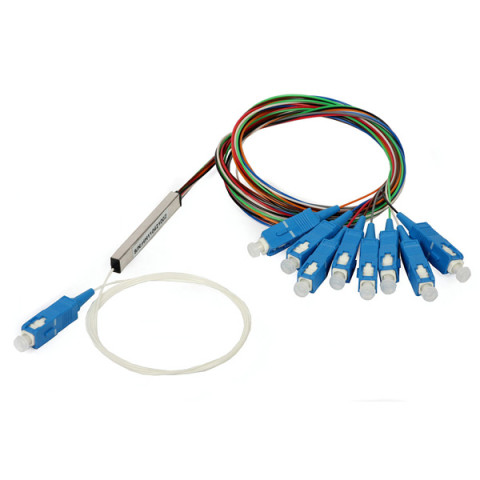
Blockless type PLC Splitters (1xN)
Blockless type, Fiber input: 0.9mm, Fiber output: 0.9 mm, G.657A Fiber, with/out connector, PC/UPC/APC polishing, customized cable lengths.
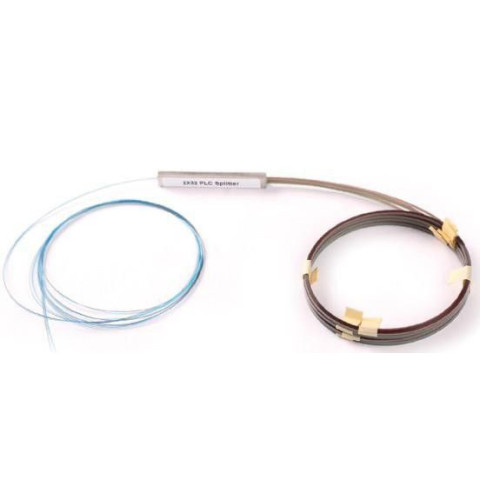
Bare Fiber PLC Splitter (1xN)
Bare fiber type, G 657A fiber, customized cable lengths. Fiber input: 0.9mm or 250μm fiber for choice, Fiber output: 250μm bare fiber (It is benefit for splicing)
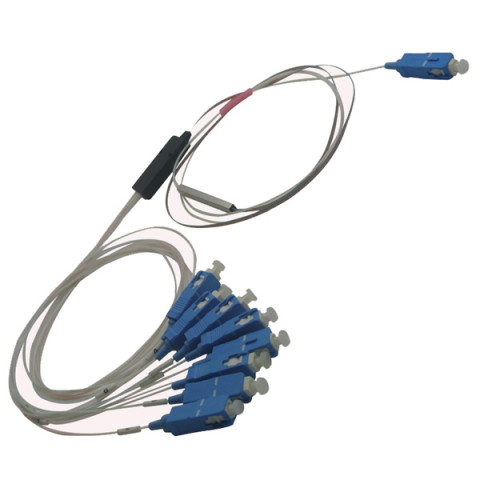
Fanout type PLC Splitters (1xN)
Fanout type, Fiber input: 900μm (Default), Fiber output: 900μm, , with/out connector, PC/UPC/APC polishing, customized cable lengths.
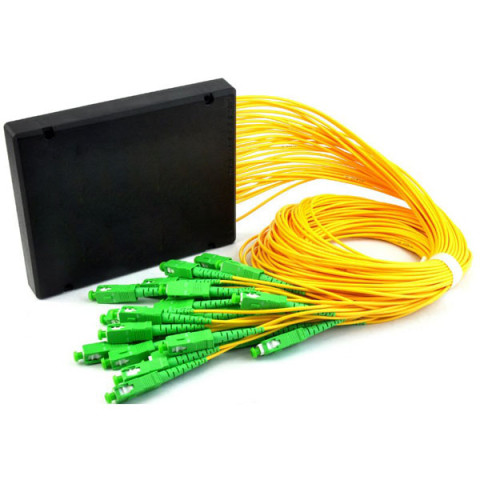
PLC Splitter Module (1xN)
Module type, 2.0/3.0mm jacket cable, with/out connector, PC/UPC/APC polishing, customized cable lengths.
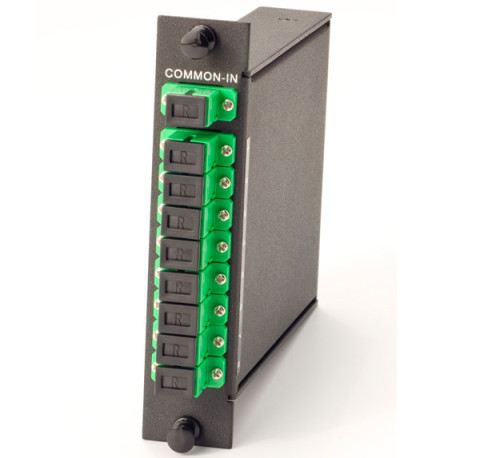
LGX/ABS Type PLC Splitters
LGX type PLC splitters, Standard LGX Metal/Plastic Box- Durable Package, Protective, Really Suitable for Outdoor Use
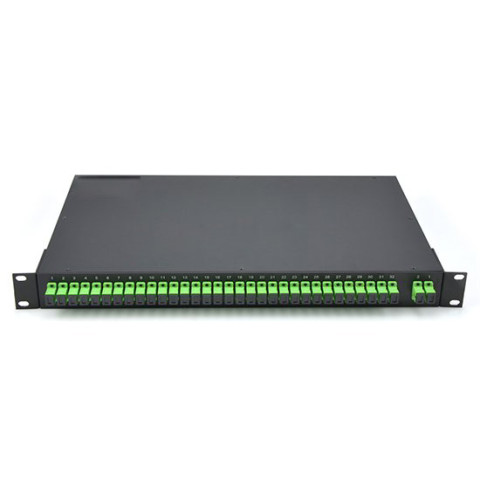
Rack Chassis Type PLC Splittes
Rack Chassis type, 1U height, SC/FC/LC adapter, with tray type for ODC.
